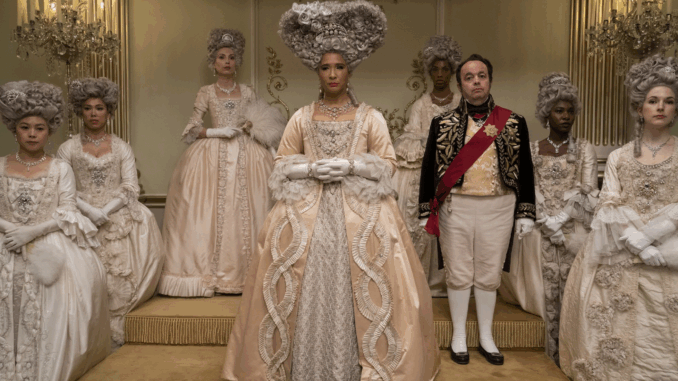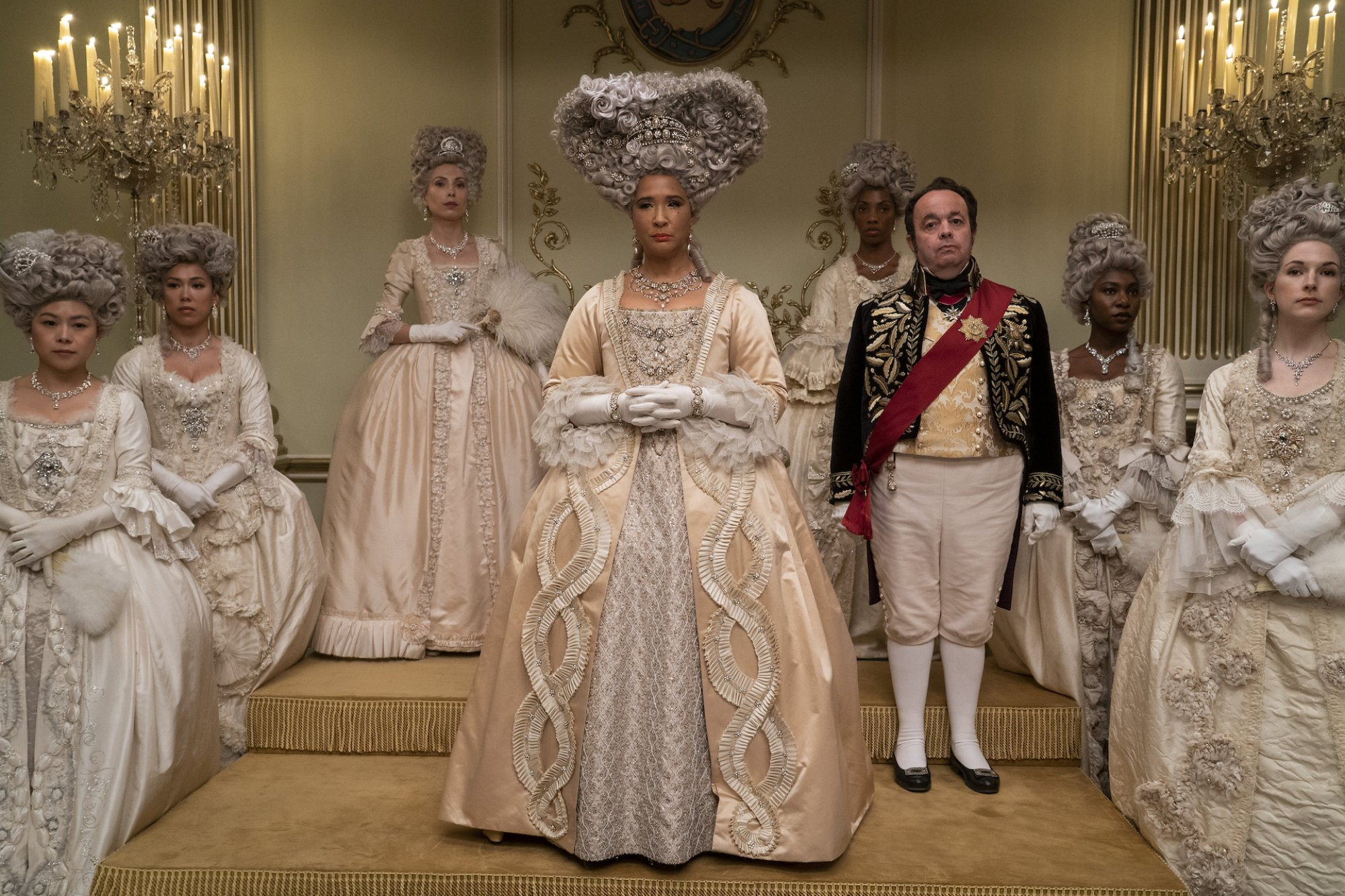
When Bridgerton premiered, it didn’t simply revive the period drama genre—it reinvented it. From its dazzling costumes to its bold color palettes, the series created a visual identity unlike anything seen before in Regency storytelling. But behind the glamour lies a fascinating collection of fun facts, artistic decisions, and enormous logistical challenges that brought this vibrant world to life.
One of the most surprising facts is the sheer number of costumes produced for the show. For just the first season, the costume department created over 7,500 individual wardrobe pieces, including gowns, gloves, corsets, coats, and accessories. Leading women alone required more than 100 custom-made dresses each. The ton’s wealthiest families, such as the Bridgertons and the Featheringtons, were designed with entirely different color theories, shaping the visual storytelling in subtle ways.
The Bridgertons follow a soft palette of blues, creams, and pastels, symbolizing elegance, stability, and harmony. Meanwhile, the Featheringtons explode across the screen in bright citrus colors—yellows, greens, and pinks intended to signal ambition and flamboyance. According to the costume designers, this contrast helps viewers instantly identify characters, even from afar.
 Another fun fact: many of the fabrics used weren’t historically accurate—intentionally so. The show embraces “Regency with a twist,” blending historical silhouettes with modern materials like neoprene, laser-cut lace, and iridescent organza. This creative liberty helped give the series its modern, unapologetically stylish feel.
Another fun fact: many of the fabrics used weren’t historically accurate—intentionally so. The show embraces “Regency with a twist,” blending historical silhouettes with modern materials like neoprene, laser-cut lace, and iridescent organza. This creative liberty helped give the series its modern, unapologetically stylish feel.
Fans may be surprised to learn that the jewelry worn by the debutantes includes both custom pieces and real diamonds loaned from luxury jewelers. Some of Daphne Bridgerton’s tiaras were worth hundreds of thousands of dollars and required armed security on set. Yet, despite the extravagance, many pieces were handcrafted in-house using resin and glass because the cast needed multiples of each item for stunt scenes or long shooting days.
Hair and makeup were equally elaborate. Wigs—over 800 of them—played a major role, especially for the Featheringtons and the Queen. Queen Charlotte’s iconic towering hairstyles were inspired not only by 18th-century fashion but also by modern Black hair artistry. Each wig took hours to sculpt and style, often requiring hidden supports to maintain their height.
Interestingly, the show’s distinctive color symbolism extends beyond costumes. Set designers used hues to differentiate each family. The Bridgerton home features cool blue tones and natural lighting, while the Featherington estate is filled with warm golds and overly ornate décor, emphasizing their social aspirations.
Even the dance scenes have surprising behind-the-scenes stories. Every ball required weeks of planning and collaboration between choreographers, directors, costume teams, and composers. The modern pop songs, reimagined as orchestral arrangements, added an extra layer of innovation. Tracks like “thank u, next” and “Wildest Dreams” were chosen specifically to reflect characters’ emotions while blending seamlessly into the Regency aesthetic.
Ultimately, the visual spectacle of Bridgerton isn’t just about beauty. It’s storytelling through color, fabric, music, and texture—a multi-layered artistic achievement that redefined what a period drama can be.
